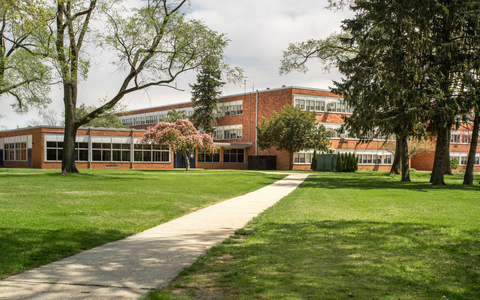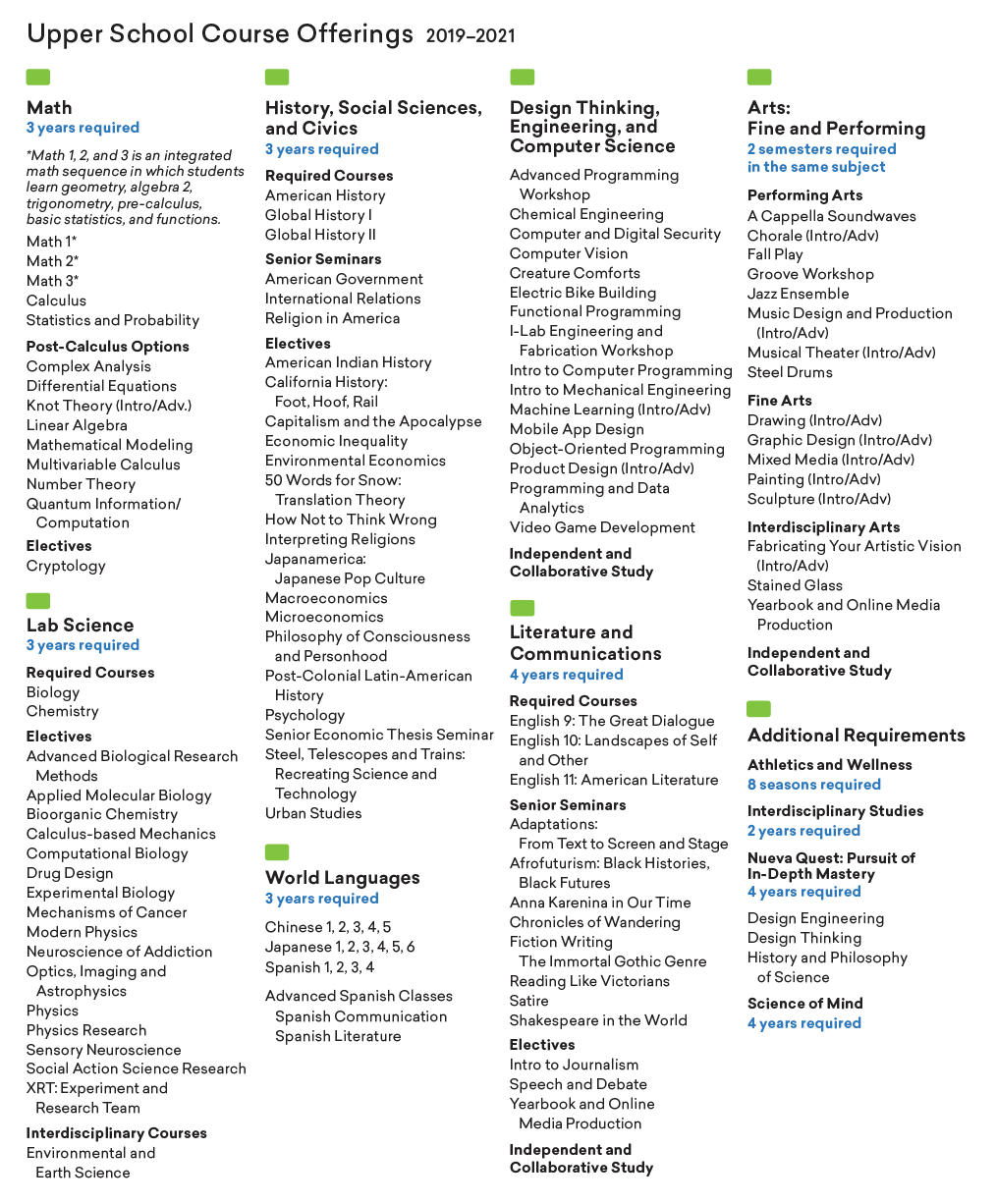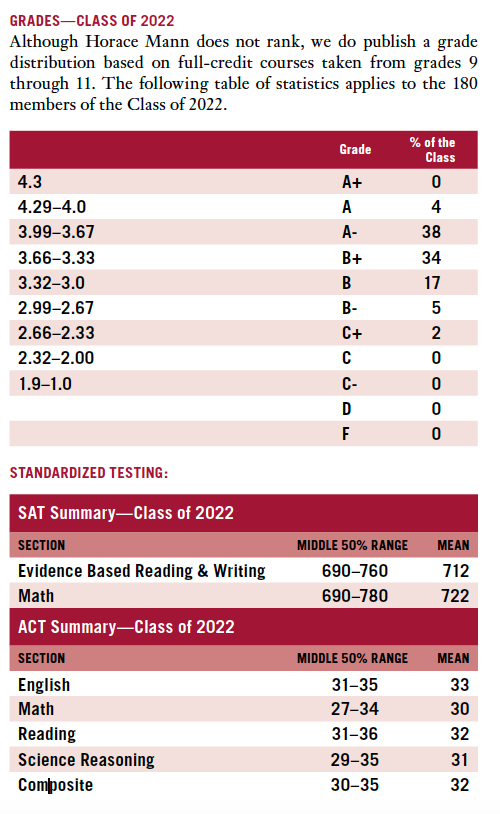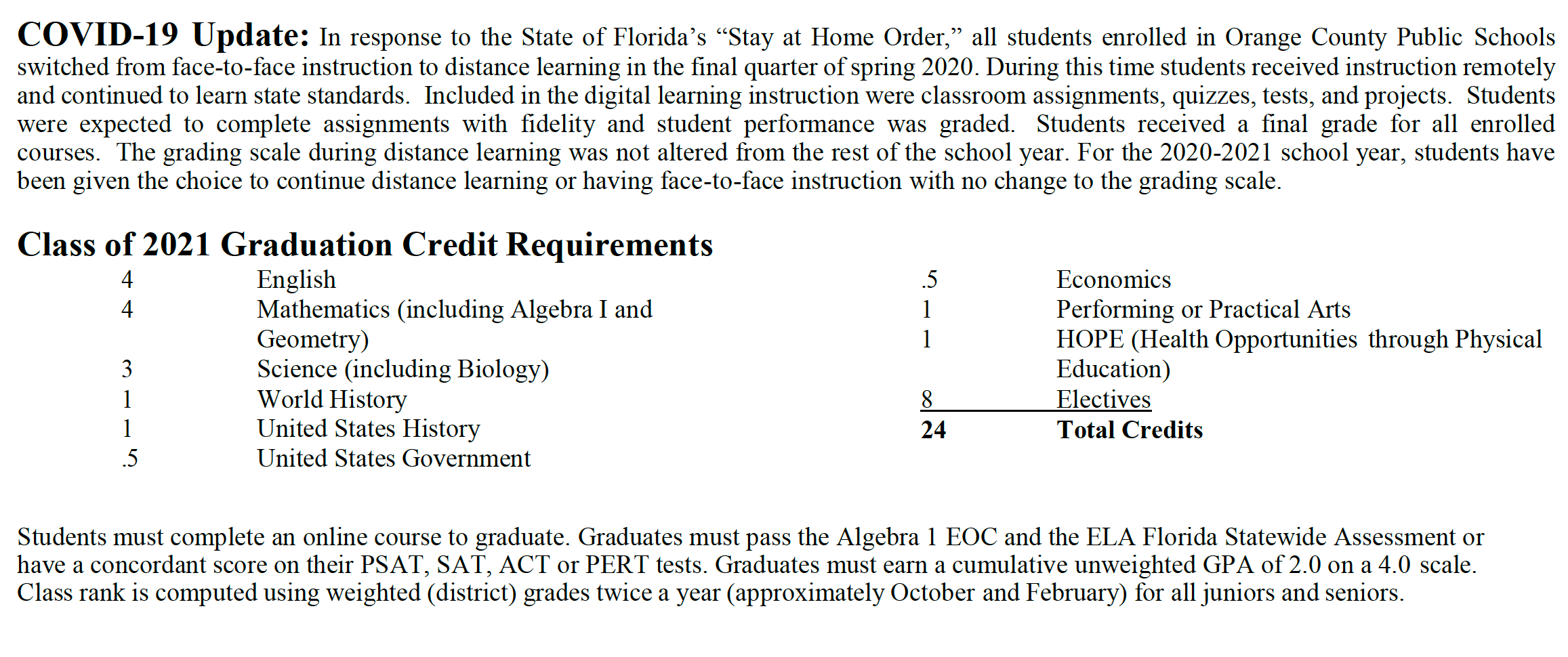 As you look ahead to the college admissions process, you may wonder what role your transcript will play in your candidacy. Keep in mind that your transcript includes two pieces of information valuable to admissions officers: your grades and the curriculum you have selected.
As you look ahead to the college admissions process, you may wonder what role your transcript will play in your candidacy. Keep in mind that your transcript includes two pieces of information valuable to admissions officers: your grades and the curriculum you have selected.
College admissions staff always view your transcript within the context of your high school. Colleges recognize that high schools vary greatly. As Northwestern states, “Every secondary school is different in its level of competitiveness and in the range of courses offered. These factors are also considered when admission decisions are rendered.”
So how do colleges know what is offered at your high school? Each school’s guidance office develops a 2-4 page “school profile” that describes the community and high school. While there is no standard format for the high school profile, typical information includes the curriculum, grading system, grade distribution, average test scores, and college acceptances. The profiles tell colleges how rigorous and competitive the high school is, and this information impacts the way a college will evaluate a students’ grades and course selection.
When your college application is considered, your transcript is evaluated side-by-side with your high school profile! This blog post will discuss the information included in the profiles, and will draw from the examples of five school profiles, which are shown at the end of the post:
- Schreiber High School, a public school in Port Washington, New York
- Phillips Academy Andover, a boarding school in Andover, Massachusetts
- Horace Mann, a private school in the Bronx, New York
- The Nueva School, a private school in San Mateo, California
- Winter Park High School, a public school in Winter Park, Florida
Your GPA
The school profile typically explains how your GPA is calculated, which includes which courses factor into the GPA and whether advanced courses receive additional weighting. For example, Schreiber High School in Port Washington, NY gives an extra .5 weighting for Honors courses and 1.0 for AP courses, whereas other schools may only give an extra .1 weighting for any advanced courses.
Students often wonder how they can possibly be compared with students from other high schools. The answer is that in addition to viewing your high school’s approach to your transcript, colleges typically recalculate an unweighted GPA using a standard formula, so that they can compare students from different schools with different GPA scales. Usually, colleges will use a 4.0 scale, where A+ and A = 4.0, B+ = 3.7, B- = 3.3, B = 3.0, and so on.
Grade and Test Score Distribution
High school profiles also typically include a grade distribution chart showing the percentage of students at different GPA brackets or the distribution of each grade for each course, as well as average test scores for the SAT and ACT.
When viewed alongside average testing scores, GPA information reflects the degree of grade inflation or deflation, and for private schools may also reflect the selectivity of admissions to attend the school. For example, if most students at a school earn As, but have standardized test scores that are significantly lower than national or state figures, colleges would conclude that the school has grade inflation.
Rigor of Curriculum
Colleges also evaluate whether you have challenged yourself in your coursework within the context of the curriculum offered at your school. Public secondary schools need to fulfill the educational requirements of their states; but beyond that, all secondary schools have much latitude in deciding the curriculum they want to offer. The variety of curricula include International Baccalaureate, Advanced Placement, both, or neither. Each high school profile typically describes the curriculum available at the school.
For example, both Schreiber High School and Winter Park High School, public schools in New York and Florida respectively, offer 29 AP courses. Winter Park also offers an IB degree program, and students can opt to take both IB and AP courses. Both Horace Mann and The Nueva School, private schools in New York and California, respectively, offer novel courses that do not tend to correspond to AP exams; whereas Andover’s high-level courses are not officially designated AP-courses but prepare students to take the AP exams.
Bottom line: If your high school offers a low number of AP courses (or even no APs), you will not be expected to have taken the same number of APs as students with access to a large number of AP courses. By the same token, if your school has a non-traditional curriculum, such as The Nueva School, with courses such as Organic Chemistry, Intro to Mechanical Engineering, and Environmental Economics, your choices will be especially revealing about your interests!
Having said that, it is possible to take courses outside your high school to fulfill your intellectual passion and also demonstrate this to colleges. If you have strong interest in a particular academic area in which coursework is not sufficiently offered at your school, you could consider taking courses at a local college or online. For example, students interested in pursuing engineering or other STEM fields sometimes opt to take Multivariable Calculus or Computer Science at a local college or through online courses if their high school does not offer these classes.
Special Programs
School profiles often include a section on special curricular programs that are not part of a standard high school curriculum. For example, the school profile of Nueva discusses Quest Projects (annual required independent research projects), the Global Citizenship Program (optional courses in areas such as anthropology and wildlife biology) and the Intersession (a two-week intensive midyear program of courses taught by experts in their fields). And Schreiber’s profile discusses the 3-year research sequence in science, math, and social science.
School Profile Examples
Below are excerpts from the profiles of five high schools across the country, two public and three private. Each illustrates a particular component of school profiles.
Schreiber High School, public school, Port Washington, New York – Cover page provides context of the community, school, extracurricular programs, and awards:
Phillips Academy Andover, boarding school, Andover, Massachusetts – Profile includes student body composition:
Horace Mann, private school, the Bronx, New York – Profile includes grade distribution and mid-50th percentile for SAT and ACT:
The Nueva School, private school, San Mateo, California – Profile lists complete curriculum:
Winter Park High School, public school, Winter Park, Florida – Lists graduation credit requirements:
For guidance on how to reach your academic potential, feel free to contact Collegiate Gateway. As always, we’re happy to help!




